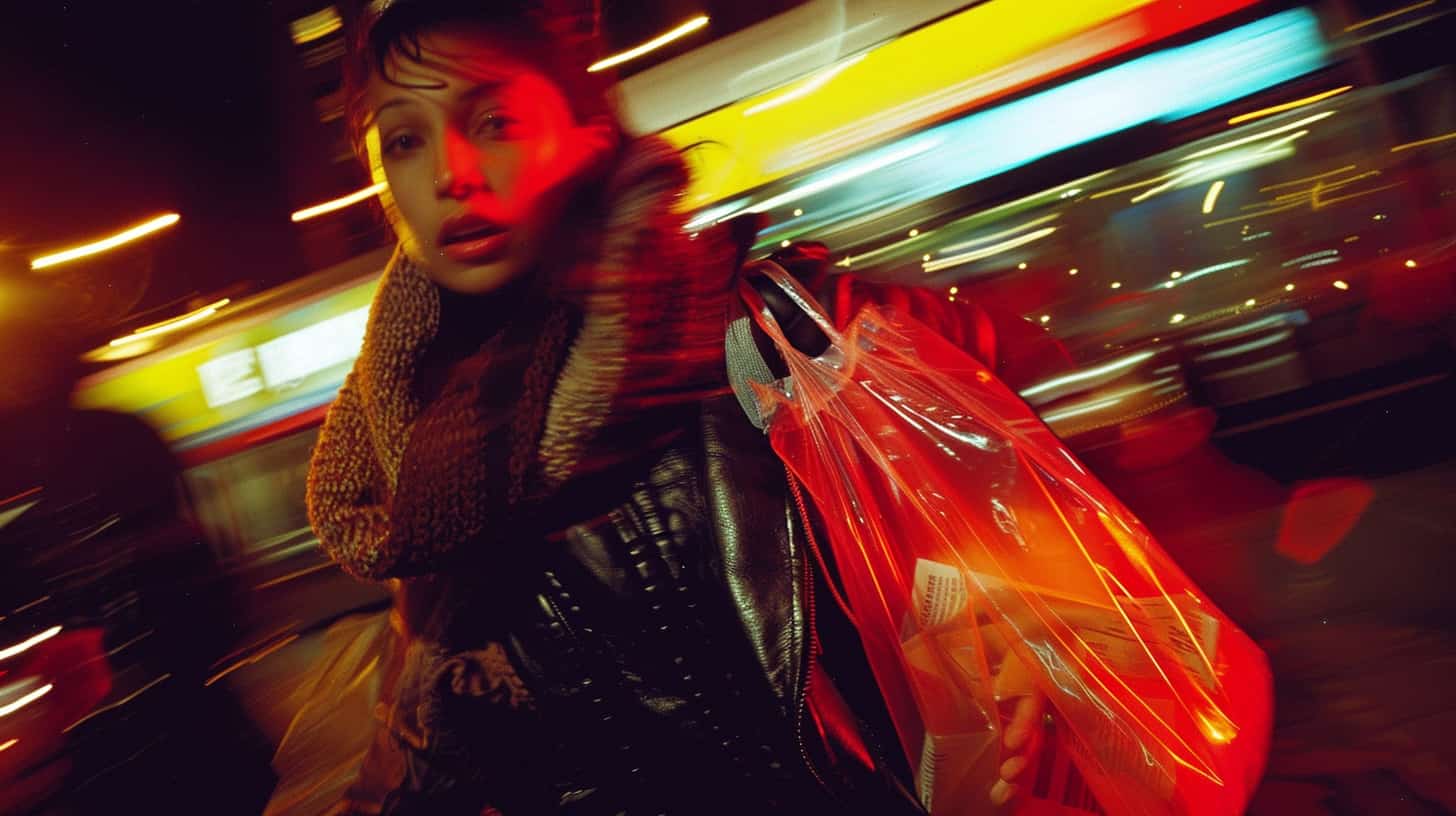When we talk about addiction and its effects, certain images immediately come to mind. Among these, the red, glassy, “high eyes” are one of the most recognizable symptoms of drug use, particularly marijuana.
But where does this symptom come from, and what can it tell us about the use—and abuse—of substances?
Here we explore the phenomenon of “high eyes”—the red, glassy look often seen in individuals under the influence of certain drugs. We delve into the origins, symptoms, and various drugs that cause this effect.
Origin and History of High Eyes
The term “high eyes” describes the distinctive redness and dilated pupils often seen in individuals who have used certain drugs. This phenomenon isn’t a modern discovery. Historical accounts suggest that as early as the 19th century, physicians noted the dilation of pupils in patients who used plant-based narcotics like opium.
Meanwhile, marijuana, which has been used both medicinally and recreationally for thousands of years, has long been associated with bloodshot eyes.

Signs of Usage
So, how can you tell if someone is high on weed? Look for red, dry eyes, dilated pupils, and difficulty focusing. These signs, however, can also be misleading as they might be symptomatic of other conditions or the result of environmental irritants.
Understanding the Symptoms
High eyes manifest in several ways: dilated pupils, redness due to expanded blood vessels, and sometimes a glassy appearance. But why do pupils dilate on drugs? Primarily, substances like marijuana affect the autonomic nervous system, which controls involuntary actions, including pupil dilation.
Specifically, THC, the active compound in marijuana, lowers blood pressure, which causes blood vessels and capillaries to dilate, including those in the eyes.
But are the high eyes from drug use? Or just from environment?
Here’s a list of signs that might indicate the red, dilated eyes are due to drug use rather than environmental factors like allergies:
- Presence of Other Drug Use Symptoms: Look for other signs of drug use—unusual lethargy, altered level of consciousness, or changes in behavior and motor coordination.
- Lack of Other Allergy Symptoms: If there are no other typical allergy symptoms present, such as sneezing, a runny nose, or itchy eyes, it might suggest the cause is not allergic.
- Pupil Reaction: Drugs can cause pupils to react differently. Opioids cause pinpoint pupils, while stimulants cause dilation. This is not typically affected by environmental stuff.
- Time of Day: Drug-induced eye changes can occur anytime and might be more aligned with recent drug use.
- Behavioral Context: If eye symptoms appear following known drug use or during social situations where drugs are likely to be used, this may suggest a connection to drug use.
- Eyewitness Accounts: Observations from others about behavior or physical symptoms can also help you decide if a person is using drugs. Basically, if they are acting high, and they have “high eyes” the likelihood of drug use is greater.
Long-term Effects of High Eyes on Eyesight
Regarding long-term effects, research offers some reassurance but also calls for caution. Regular marijuana users might experience minimal long-term eyesight damage. However, the act of smoking itself can introduce harmful substances that could potentially harm ocular health.
How to Clear Stoned Eyes
If you think someone you know is trying to minimize or hide their stoned eyes, they might try one or several of the following ways to clear their high eyes. Here’s what that frantic, yet efficient, routine might look like:
- Water Chug
They start by gulping down several glasses of water, aiming to hydrate fast and help flush out their system.
- Eye Drops
Next, they dash to the bathroom, fishing out a small bottle of eye drops from their pocket or bag. With precision born of necessity, they tilt their head back and apply a few drops to each eye, blinking rapidly to spread the solution.
- Cold Compress
In a hurry, they grab a handful of ice cubes from the freezer, wrap them in a paper towel (or grab a cold gel pack if they’re well-prepared), and hold it gently against their eyes. They sit down for a quick minute, eyes closed, compress in place.
- Cucumber Slices
If they’re at home, they might quickly slice a cucumber they remembered storing in the fridge. They place a slice over each eye, lying back on the couch or bed, and wait for the natural anti-inflammatory effects to kick in.
Stoned Eyes Beyond Marijuana
Marijuana isn’t the only drug that affects the eyes. Substances like cocaine and ecstasy also cause pupil dilation, but they may include additional symptoms such as rapid eye movement and extreme sensitivity to light.
Each drug interacts differently with the body’s nervous system, leading to varied effects on the eyes.
How Various Drugs Affect the Eyes
1. Cocaine and Amphetamines
These stimulants cause pupil dilation and increased sensitivity to light due to heightened dopamine levels.
2. Opioids
Opioids like heroin constrict pupils and can make eyelids appear droopy due to their effect on the parasympathetic nervous system.
3. LSD and Hallucinogens
Substances like LSD and psilocybin cause significant pupil dilation, enhancing visual sensitivity which complements their hallucinogenic effects.
4. Benzodiazepines
These anxiety medications can cause pupil dilation and redness, resulting from their muscle-relaxing properties.
5. Alcohol
Alcohol dilates blood vessels in the eyes, causing redness and giving a glossy, unfocused appearance.
6. Tobacco and Marijuana
Both can cause red eyes. Nicotine from tobacco initially narrows blood vessels, while marijuana increases blood flow through dilation.
Different drugs impact the eyes in various ways, from dilation to redness. Observing these changes can provide insights into potential substance use.
Spotting Marijuana Addiction: What to Look For
1. Behavioral Shifts
If someone starts losing interest in their favorite activities, pulls away from friends and family, or starts slipping at work or school, it might be a sign of something deeper, like addiction.
2. Building Tolerance
Needing more weed to get the same high? That’s a classic sign of growing tolerance, which often leads to using more, more often.
3. Withdrawal Woes
Stopping weed and feeling irritable, having trouble sleeping, or feeling physically off? These withdrawal symptoms are real indicators of dependence.
4. Dropping Responsibilities
When weed starts taking center stage, other parts of life like family duties or homework can start to slide. This neglect is a red flag. A marijuana rehab might offer the most effective treatment.
5. Using Despite the Downsides
Continuing to light up even when it’s clearly causing problems with health, money, or the law? That stubborn continuation can signal addiction.
6. Emotional Reliance
If coping with day-to-day stresses or emotions hinges on having a smoke, it might be more about psychological dependence than relaxation.
Getting Help for Marijuana Addiction
While “high eyes” might be one of the more visible signs of drug use, understanding the context and implications helps in forming a more compassionate and scientific approach to addiction treatment.
This recognition is crucial not just for treatment professionals but for society as we navigate the complexities of drug use and its effects on individuals.
Get Advice from EagleCrest Recovery
If you or someone you know is struggling with addiction and the impacts it has on daily life, it’s important to seek help.
At EagleCrest Recovery, we’re ready to support you with compassion and expertise. Don’t wait to take the first step towards a healthier future. Call us today at 844-439-7627.


